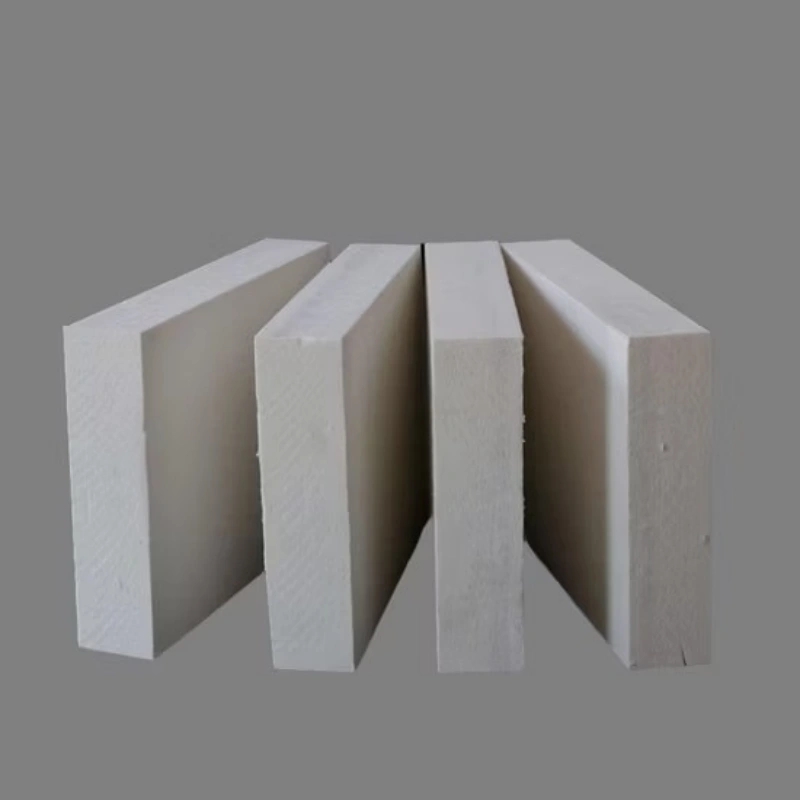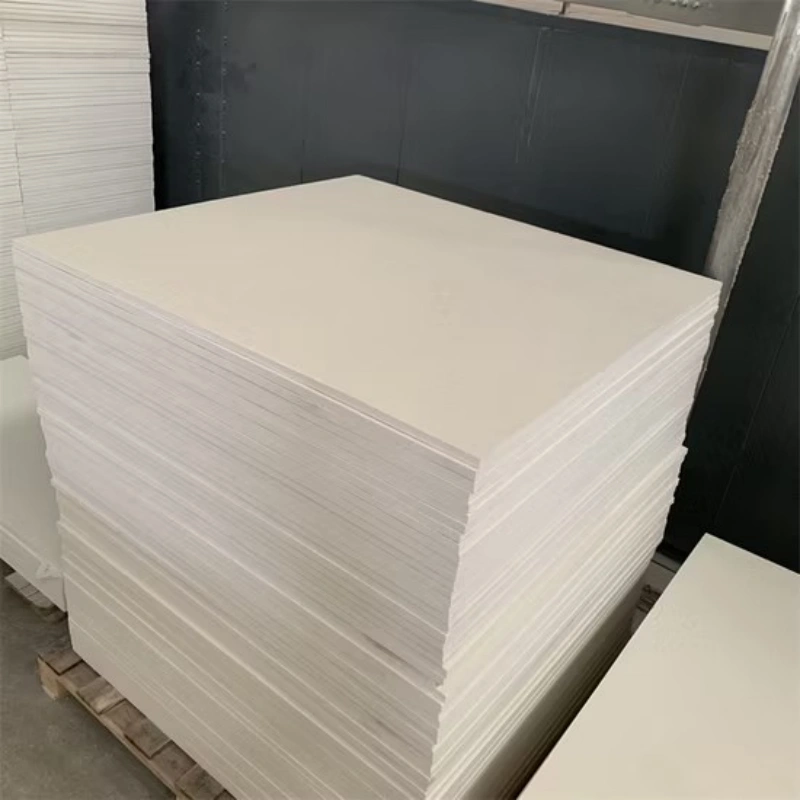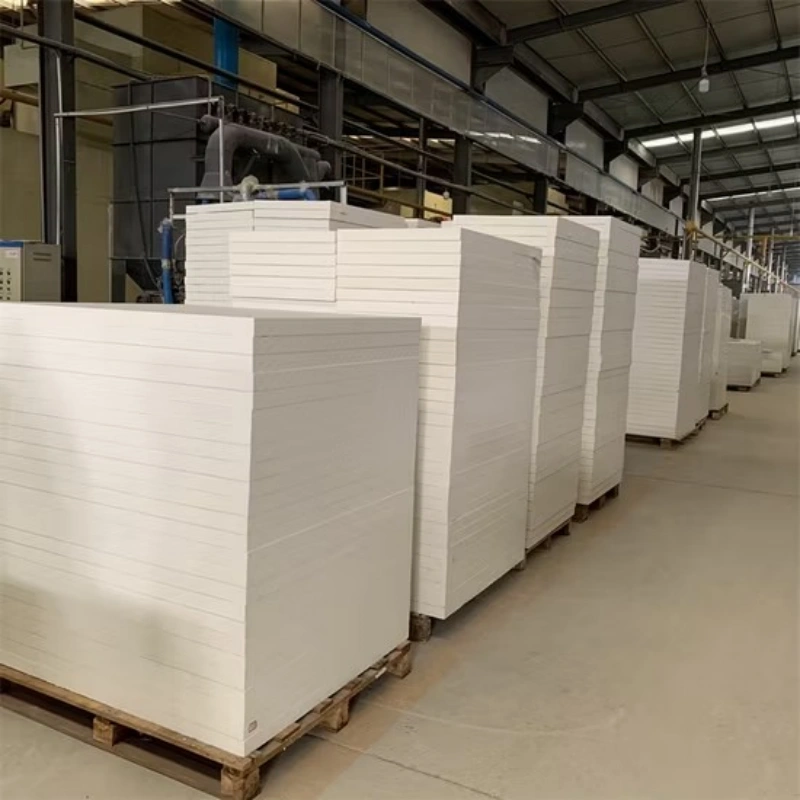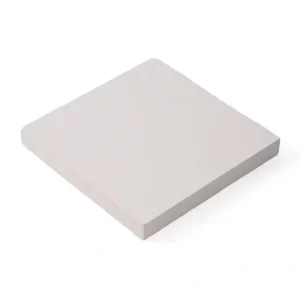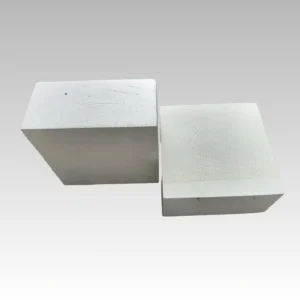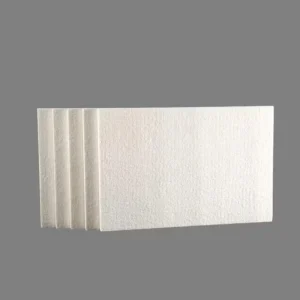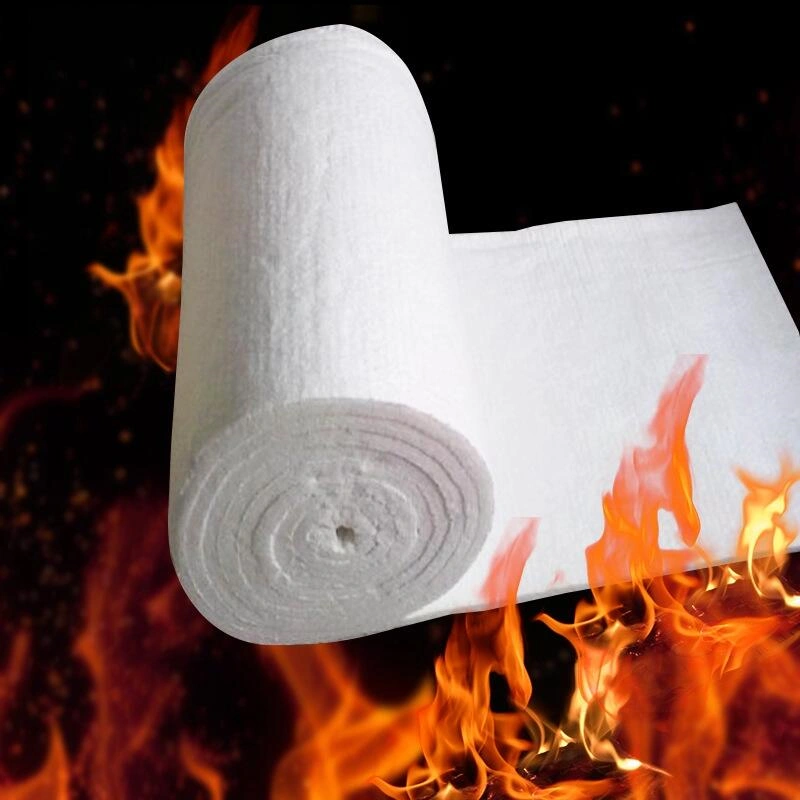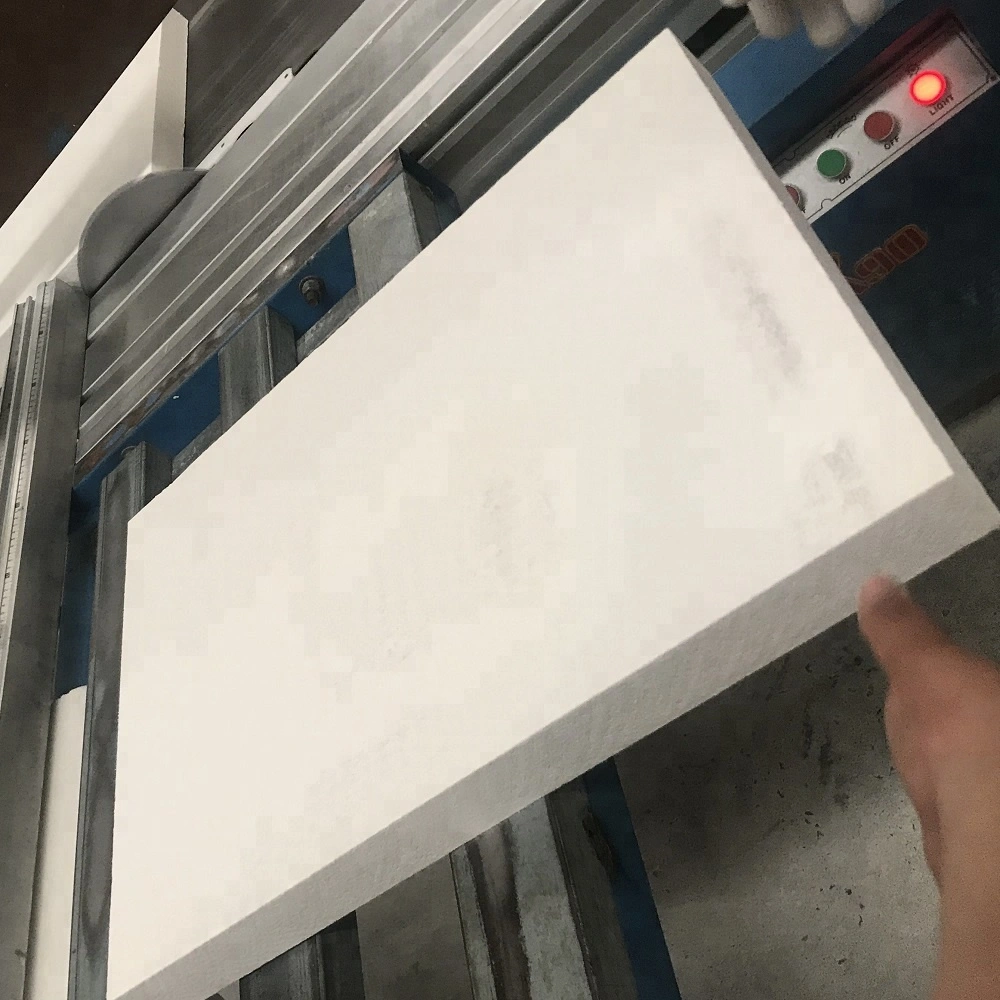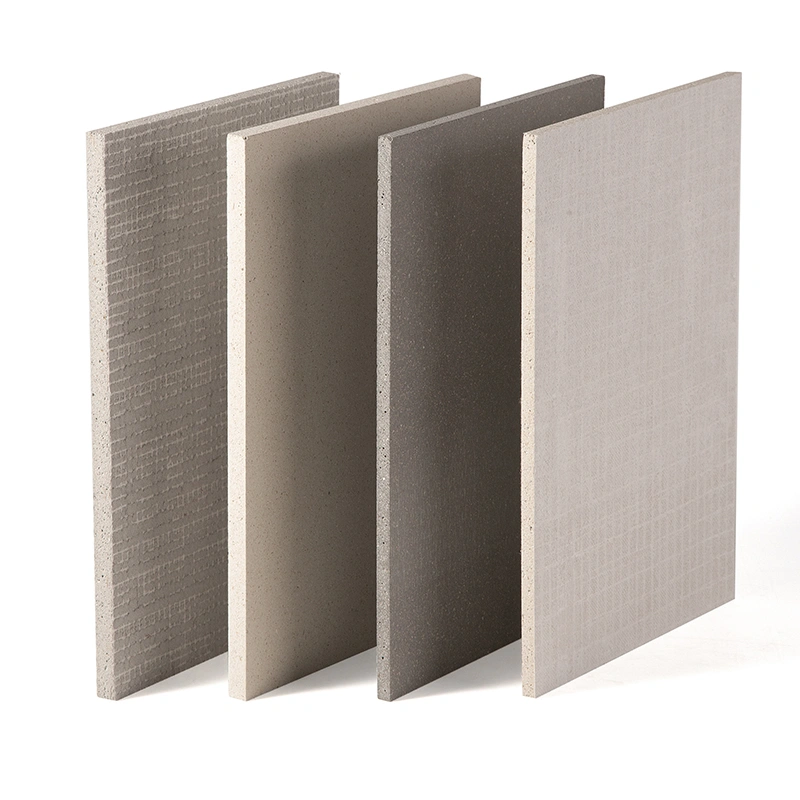Ceramic Fiber Soft and Semi-rigid Papers
These are deep-processed products made using a wet-processing process, using loose, spray-blown ceramic fiber wool as the main raw material, along with a certain proportion of binders, fillers, and additives. Ceramic fiber soft paper is soft and elastic, while ceramic fiber semi-rigid paper has a uniform texture and a crisp surface, but its softness, elasticity, and tensile strength are slightly lower than those of ceramic fiber soft paper.
Ceramic Fiber High-Density Paper
This high-strength fiber paper is manufactured to customer specifications. It offers excellent thermal insulation and workability. It is also well-suited for deep processing (multi-layer lamination, punching, etc.).
Ceramic Fiber Isolation Paper
It has excellent high-temperature resistance and thermal insulation properties, and is extremely resistant to melt penetration. These unique properties make it ideal for use as cast gaskets, replacements, and isolation in the construction and glass industries.
Technical index
| Classification Temperature (℃) |
1260 |
1400 |
Testing Standards |
| Product Name |
Standard Ceramic Fiber Paper |
Standard Ceramic Fiber Semi-Rigid Board |
Ceramic Fiber Release Paper |
High Alumina Ceramic Fiber Soft Paper |
Ceramic Fiber High Density Paper |
-- |
| Product Code |
(HTTX-R) |
(HTTX-HB) |
(HTTX-S) |
(HTTX-GLR) |
(HTTX-HH) |
-- |
| Organic Matter Content (%) |
≤10 |
≤12 |
≤ 12 |
≤8 |
≤ 6 |
GB/T 11835 |
| Theoretical Volume Density (kg/m³) |
200 |
240 |
GB/T 17911 |
| Tensile Strength(MPa) |
≥ 0.4 |
≥ 0.7 |
GB/T 17911 |
| Moisture Content (%) |
≤ 1 |
≤ 2 |
GB/T 3007 |
| Product Specifications (mm) |
48000/32000/16000 ×610×1/2/3 |
50000×1220×1 |
48000/32000/16000 ×610×1/2/3 |
20000×1220×2 |
-- |
| (Length × Width × Thickness) Packaging |
Carton |
-- |
Note: The above data are representative average values measured using common test methods and are subject to fluctuations in normal production conditions. These data are provided as a technical service and may be subject to adjustment from time to time. Therefore, they should not be considered product indicators.




